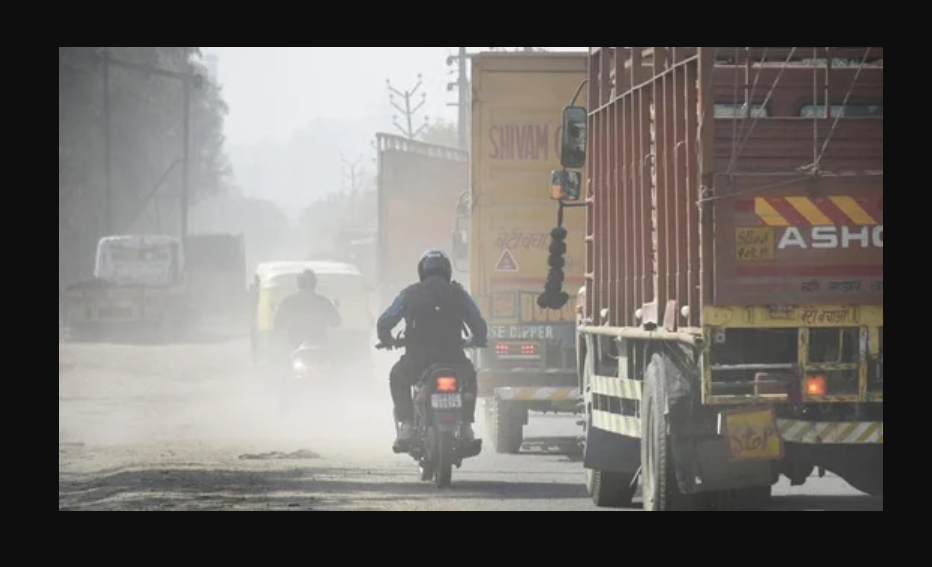IQAir study found that air quality in China continued to improve last year as more than half of its cities saw lower levels of air pollution when compared to the previous year.
New Delhi continued to be the world’s most polluted capital city for the fourth consecutive year followed by Dhaka, N’Djamena, Dushanbe and Muscat in 2021, according to the World Air Quality Report, prepared by Swiss organisation IQAir, released on Tuesday. The report added that 35 of the 50 cities with the worst air quality were in India.
The study also found that air quality in China continued to improve last year as more than half of its cities saw lower levels of air pollution when compared to the previous year. Pollution levels within the capital city of Beijing continued a five-year trend of improved air quality, driven by emission control and reduction of coal power plant activity and other high emission industries, the report added.
None of the cities in India met the prescribed World Health Organization (WHO) air quality standards of 5 micrograms per cubic meter, the IQAir report claimed. The report, presenting an overview of the state of global air quality in 2021, is based on PM2.5 air quality data from 6,475 cities in 117 countries.
The new guideline was released in September last year and cut the existing annual PM2.5 guideline value from 10 µg/m3 to 5 µg/m3. Fine particle pollution, known as PM2.5, is commonly accepted to be the most harmful, widely monitored air pollutant and was found to be a major contributing factor to health effects such as asthma, stroke, heart and lung diseases. PM2.5 leads to millions of premature deaths every year, it said.
“India also continues to feature prominently among the most polluted cities with 35 of the top 50 most polluted cities being in this country. India’s annual average PM2.5 levels reached 58.1 μg/m3 in 2021, ending a three-year trend of improving air quality,” the report said.
It added, “India’s annual PM2.5 averages have returned to pre-quarantine concentrations as measured in 2019. Alarmingly, in 2021, none of the Indian cities met the prescribed WHO standards of 5 μg/m3.”
The report also revealed that 48 per cent of Indian cities exceeded 50 μg/m3 air quality level which is well over 10 times the WHO guidelines.
Campaign manager at Greenpeace India Avinash Chanchal said the report is a wake-up call for governments and corporations.
“It is once again highlighting that people are breathing dangerously polluted air. Vehicular emissions are one of the major contributors to urban PM2.5 concentrations. With annual vehicle sales in India expected to increase, it is certainly going to impact air quality if corrective measures are not taken in time,” news agency PTI quoted Chanchal as saying.
Article Credits: Hindustan Times

Pingback: Study Finds that Air Pollution Causes Depression amongst Older Adults - SLSV - A global media & CSR consultancy network